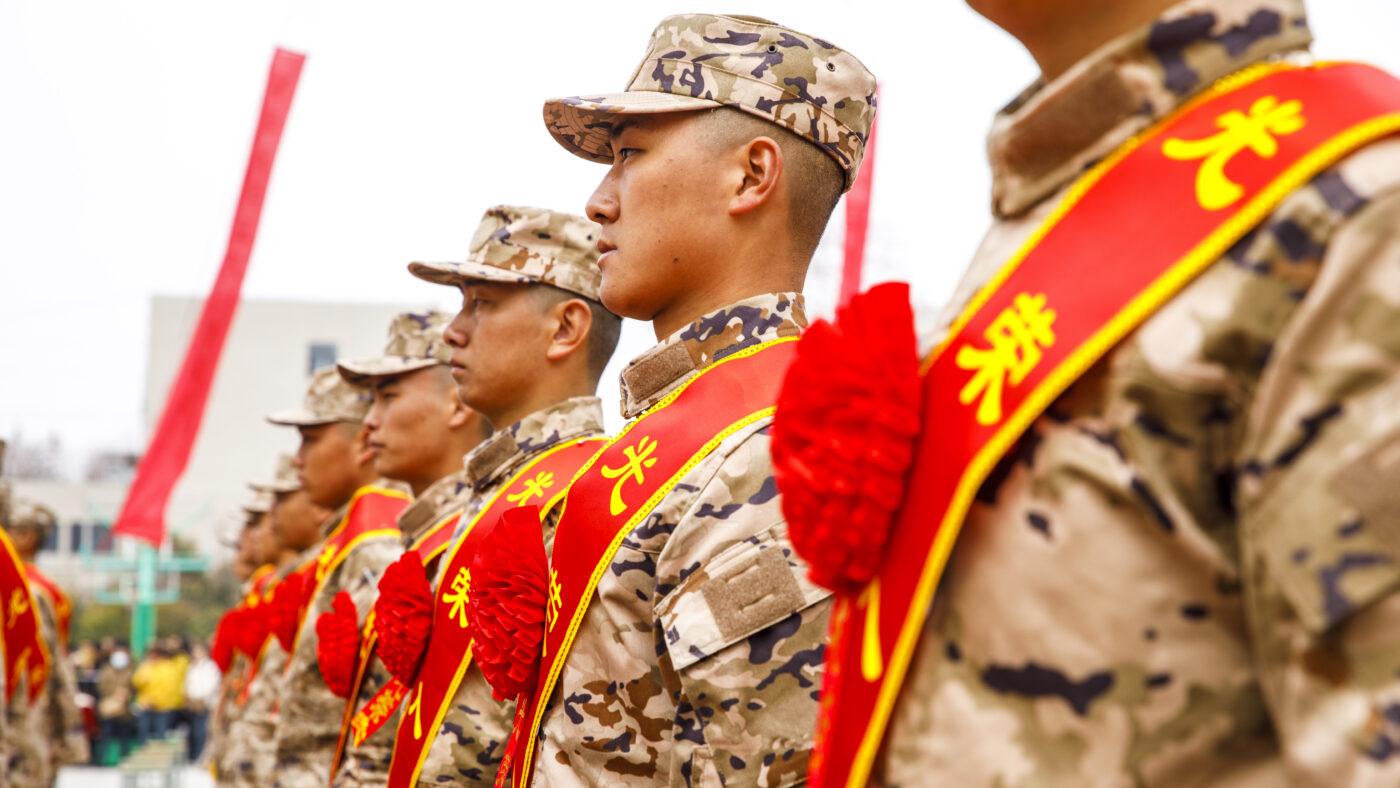The satellite imagery was dramatic: China has constructed a replica of the presidential palace and government buildings of Taipei in Alxa League, a remote area of Inner Mongolia. It hardly requires a suspicious mind to imagine that these facilities could be used to train soldiers of the People’s Liberation Army for an assault on the capital of Taiwan at some point in the near future.
This does little more than confirm what we know. China has been preparing for a showdown over Taiwan for months, if not years, and it will come soon. My guess is there will be a crisis within five years, but there are other, more pressing estimates. In 2021, Admiral Philip Davidson, head of the US Indo-Pacific Command, told senators that he expected a Chinese invasion of the island by 2027. Only last month, his successor, Admiral John Aquilino, presented the same conclusion to the United States Senate.
This is not salt-flecked wild surmise by sailors spoiling for a fight. Xi Jinping, the Chinese president, has placed the ‘reunification’ of mainland China and Taiwan at the heart of his leadership. Last year, he told a Taiwanese envoy that the issue ‘cannot be passed on from generation to generation’, and earlier this year he said that the ‘reunification of the motherland is a historical inevitability’. All of this builds on his instructions to the Chinese military in 2021 that its modernisation programme should give it the capability to seize Taiwan by 2027.
None of this guarantees a full-scale military assault by China on Taiwan within the next few years. It would require an amphibious attack of a scale and commitment not seen since the Normandy landings in 1944. Such an undertaking has been described, sometimes mockingly, as ‘the million-man swim’, but the truth remains that getting PLA Navy Marine Corps soldiers on to the beaches of Taiwan, let alone further inland, could be bloody beyond imagination. The Taiwanese armed forces may number under 250,000, with reserves calculated at around 2.3m, but we have seen in Ukraine what men and women can achieve when they are fighting for the survival of a nation.
China has other options. It already subjects Taiwan to millions of cyber attacks every day, and these rose dramatically in August 2022 when the speaker of the US House of Representatives, Nancy Pelosi, angered the government in Beijing by visiting Taipei. A sustained cyber campaign against the Government, armed forces and financial system in Taiwan could strike China as an attractive strategy below the threshold of military confrontation.
Alternatively, China could impose a naval blockade on Taiwan and defy the United States and its allies to react. With 370 warships, the People’s Liberation Army Navy is the largest fleet in the world, and is expected to expand to 395 ships by next year and 435 ships by 2030. By comparison, the US navy has 292 ‘battle force ships’ and expects to retain a similar number by 2030. Quantity is not the same as quality, however, and the United States possesses some of the most sophisticated weaponry in the world. But is the Pentagon ready to risk running a Chinese blockade, and potentially begin a shooting war in the Taiwan Strait?
Let us remind ourselves why this matters. A crude economic answer is that the Taiwan Semiconductor Manufacturing Company is the world’s largest microchip producer, and Taiwan accounts for 46% of the global production of semiconductors, a proportion which rises for the most sophisticated chips. Chinese control of that supply would be a disaster.
There is a broader issue of international security. The United States does not have a formal obligation to come to Taiwan’s assistance in military terms. However, the Taiwan Relations Act of 1979 commits the US to providing ‘such defense articles and defense services in such quantity as may be necessary to enable Taiwan to maintain a sufficient self-defense capability’ and declares hostile acts towards Taiwan to be ‘a threat to the peace and security of the Western Pacific area and of grave concern to the United States’. This is what has become known as ‘strategic ambiguity’.
Let us play a game of what if. What if China does make a grab for Taiwan? What if the United States, while regretting and condemning and fulminating against the move, does not intervene? This would not happen in isolation. The US has close strategic allies in the Republic of Korea, in Japan and in the Philippines. All are aware of the threat of China, and all have an expectation of American support in a crisis.
Western strategists, in Washington and elsewhere, should be planning for this as a matter of urgency. The signs are there, again and again, that China wants to annex what is still formally styled as ‘the Republic of China’. If the United States were to flinch over Taiwan, it would send a powerful message to its allies throughout the Indo-Pacific that it might talk tough, it might make shows of military strength from time to time, but it cannot be relied upon in an existential crisis. That harsh medicine might cause policymakers in Seoul, Tokyo and Manila to wonder if they should continue to oppose the Chinese dragon, or if they might in the long run have to make peace with it.
Click here to subscribe to our daily briefing – the best pieces from CapX and across the web.
CapX depends on the generosity of its readers. If you value what we do, please consider making a donation.


